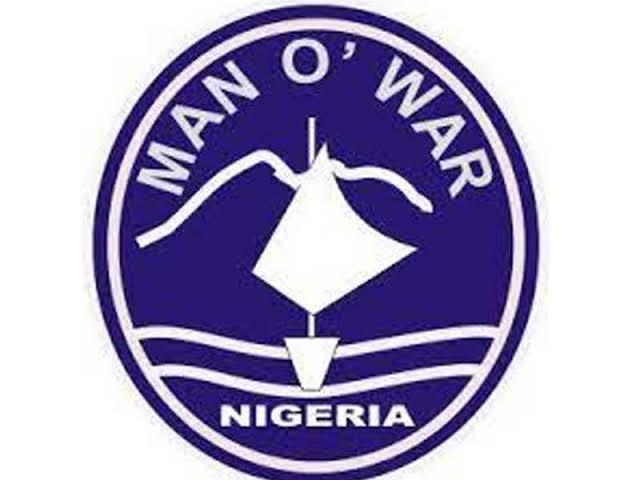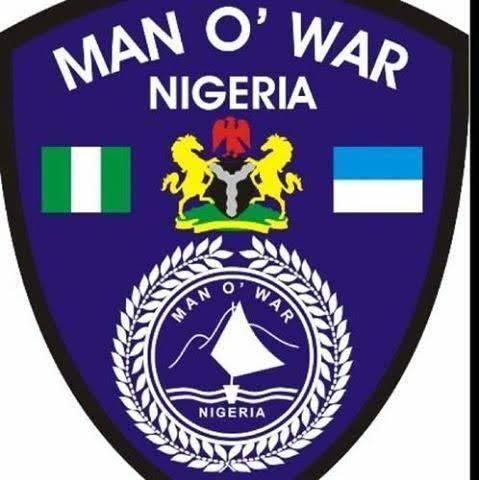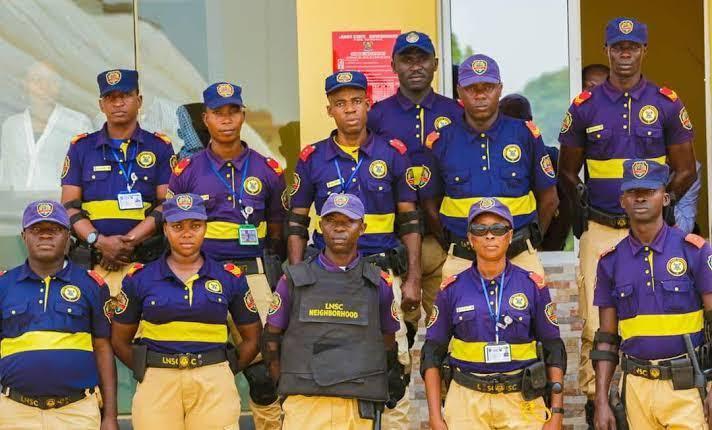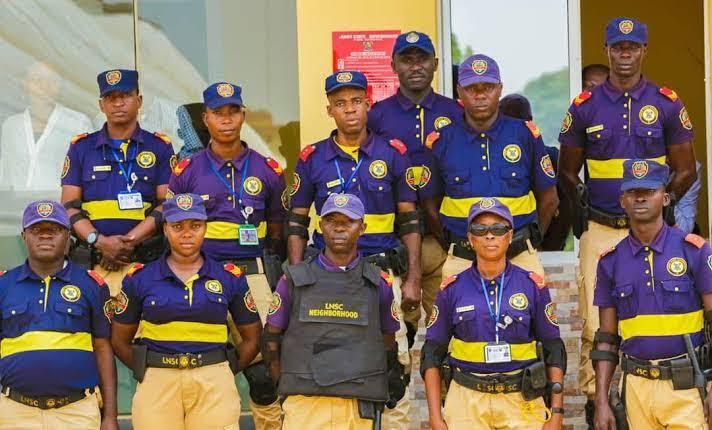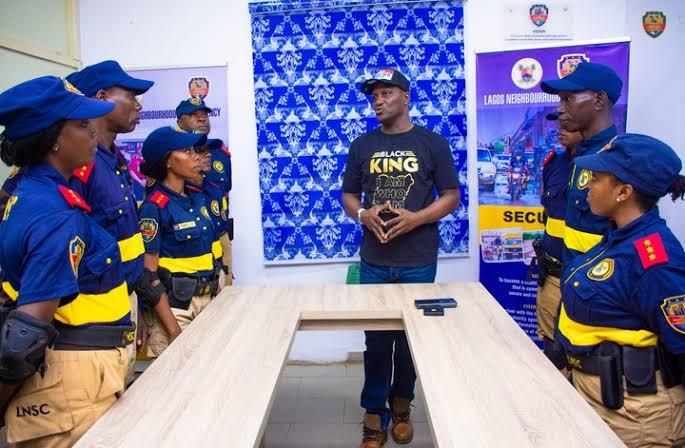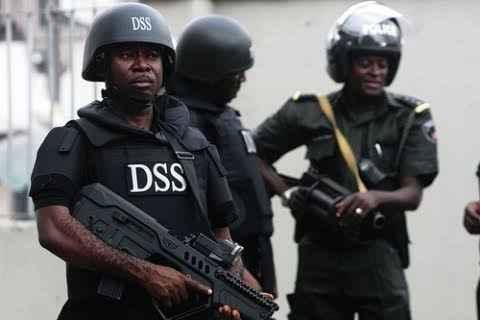Explore Our Bill Payment Services:
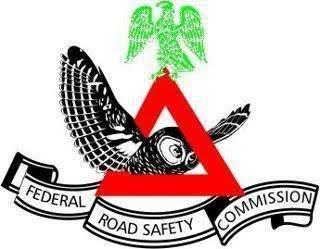
- Military And Defence
- Para-Military Guide
- Nigeria
Frsc Ranks & Symbols In Nigeria: Official Hierarchy Explained
The Federal Road Safety Corps (FRSC) is Nigeria’s lead agency responsible for maintaining road safety and traffic discipline. Like other paramilitary organizations in the country, the FRSC operates a structured rank system that defines authority, responsibility, and operational roles.
In this official guide, you’ll learn about the FRSC ranks, their symbols, and the chain of command within the organization.
FRSC Rank Categories
The FRSC rank structure is divided into two major categories:
-
Officer Cadre – These are commissioned officers responsible for leadership and administration.
-
Marshal Cadre – These are field officers and non-commissioned personnel who assist in road safety operations.
Officer Cadre Ranks (From Highest to Lowest)
The officer cadre includes the top command and management ranks.
| Rank | Position Description |
|---|---|
| Corps Marshal (CM) | The highest-ranking officer; head of FRSC |
| Deputy Corps Marshal (DCM) | Assists the Corps Marshal in strategic duties |
| Assistant Corps Marshal (ACM) | Oversees departments and regional zones |
| Corps Commander (CC) | Supervises operational commands |
| Deputy Corps Commander (DCC) | Coordinates state and zonal operations |
| Assistant Corps Commander (ACC) | Manages administrative units and patrols |
| Chief Route Commander (CRC) | Leads tactical operations |
| Superintendent Route Commander (SRC) | Oversees patrol teams |
| Route Commander (RC) | Handles enforcement and public safety |
| Deputy Route Commander (DRC) | Supports operational and training activities |
| Assistant Route Commander (ARC) | Entry-level officer rank |
Marshal Cadre Ranks
This cadre consists of personnel involved in day-to-day enforcement, patrol duties, and logistics.
Road Marshal Assistant (RMA) Ranks
| Rank | Description |
|---|---|
| Road Marshal Assistant III (RMA III) | Entry-level rank |
| Road Marshal Assistant II (RMA II) | Junior marshal level |
| Road Marshal Assistant I (RMA I) | Intermediate-level officer |
| Senior Road Marshal Assistant (SRMA) | Leads a patrol unit |
| Deputy Chief Road Marshal Assistant | Supervises field officers |
| Chief Road Marshal Assistant (CRMA) | Highest rank in assistant cadre |
Marshal Inspector Ranks
| Rank | Role |
|---|---|
| Marshal Inspector III (MI III) | Entry-level inspector rank |
| Marshal Inspector II (MI II) | Supervises small field units |
| Marshal Inspector I (MI I) | Assists in training and operations |
| Senior Marshal Inspector (SMI) | Middle management role |
| Principal Marshal Inspector (PMI) | Leads inspector units |
| Assistant Chief Inspector (ACI) | Coordinates inspectors across regions |
| Deputy Chief Inspector (DCI) | Oversees multi-state operations |
| Chief Inspector (CI) | Top-level marshal inspector rank |
FRSC Symbols & Insignias
Each rank in the FRSC comes with a specific symbol or badge worn on the uniform shoulder epaulettes. These include:
-
Chevrons – Used for junior marshals and assistants
-
Stars – Common among inspectors and officer ranks
-
Laurel Wreaths & Eagle Emblems – Reserved for high-ranking officers
-
Coat of Arms & Baton Symbols – Typically for the Corps Marshal and Deputies
These symbols reflect the hierarchy, authority, and respect associated with each rank.
Why FRSC Ranks Matter
Understanding the rank structure helps:
-
Maintain order during operations and patrols
-
Ensure accountability among personnel
-
Clarify leadership roles and command structure
-
Improve public interaction and safety response
Conclusion
The FRSC rank and symbol structure is a clear representation of discipline, order, and professionalism. Whether you're a recruit, citizen, or someone preparing to join the Corps, knowing the ranks and their meanings helps you better understand how Nigeria’s road safety agency operates.
